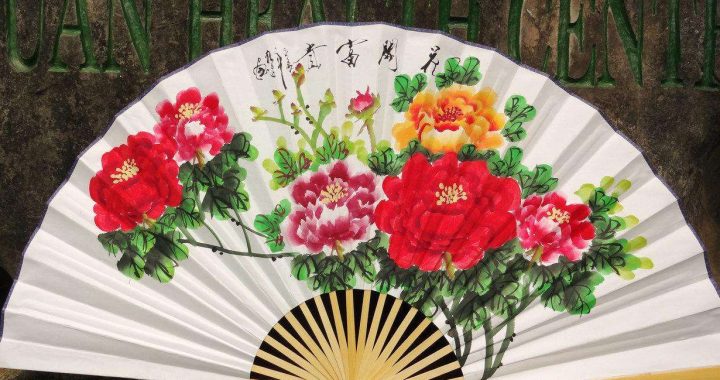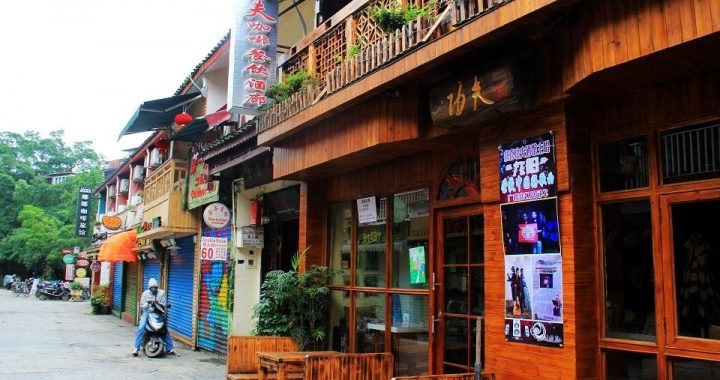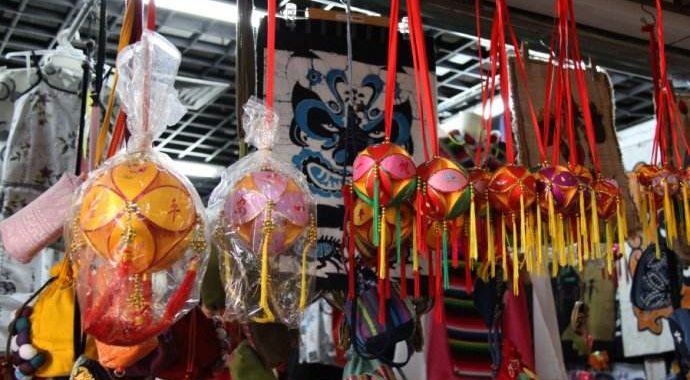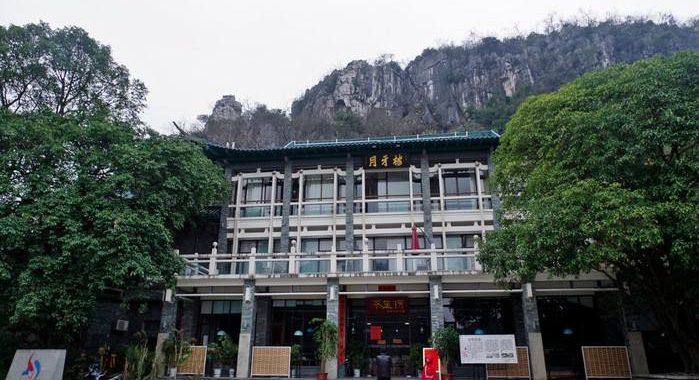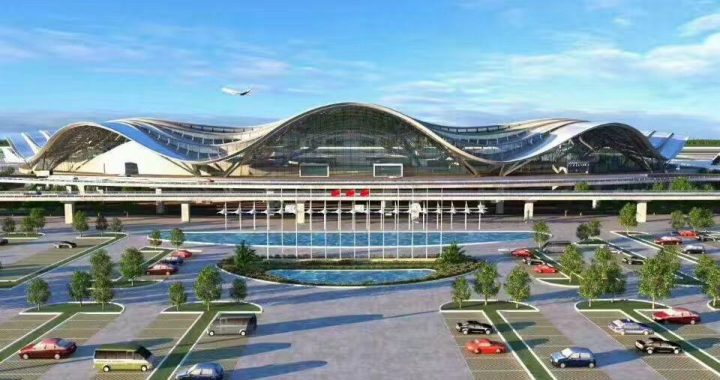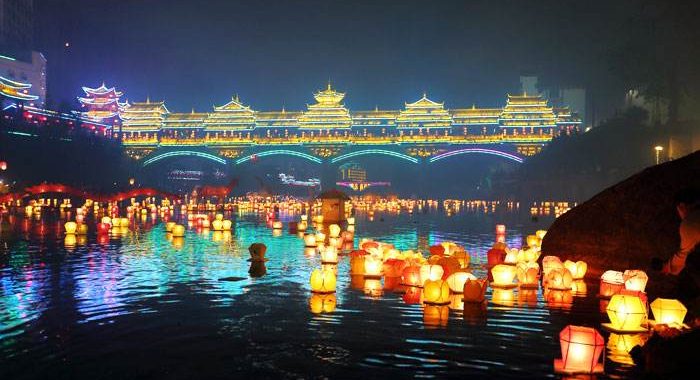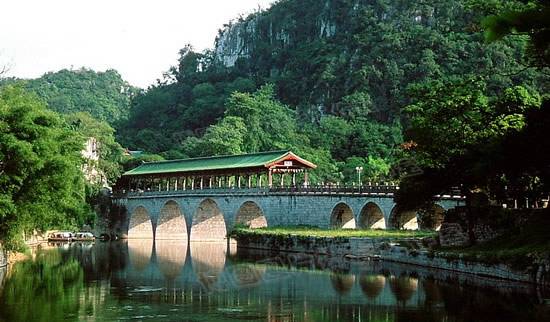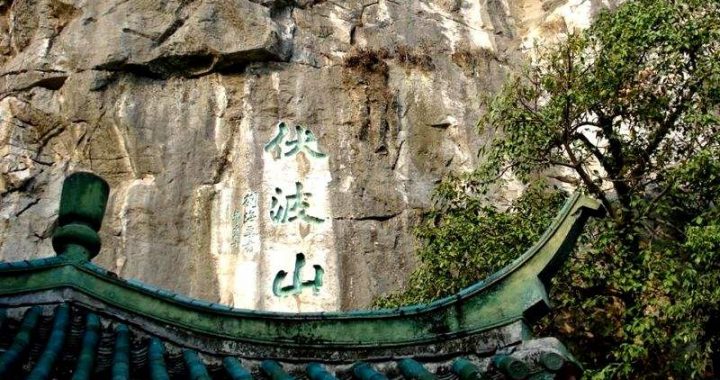The Residences”malan”
4 min readMost people of Zhuang nationality used to settle down in Guangxi, Guangdong, Yunnan, Hunan and other autonomous regions and provinces, among which Guangxi hasthe most people. The malan, meaning “houses for home returning”in the language of Tong nationality and being translated according to its pronunciation, is a kind of entirely wooden pile dwellings. This kind of houses is divided into two kinds: whole-building malan and half-building malan. The former kind is mainly distributed in regions of Longsheng, north of Guilin, Debao and Jingxi, west of Guilin. The latter is distributed in regions of Yishan and Du’ an, middle of Guilin. After the Ming and Qing dynasties, many people of Han nationality settled in Guangxi, bringing with them the technological skills of Han nationality. The half-building malan is formed by absorbing the architectural technologies and living habits of Han nationality.

The overall plane of residence malan is a rectangle. The stilt section of “malan”is not only supported by pillars, but encased by semi-round timbers to form a pile wall for livestock-raising or sundry-storing. The most characterized room of “malan”is the hall house, which is long with five smaller rooms and is as wide as 20meters. The hall house is used as a living room at ordinary times, but weddings or celebration of great events will all be held there.
Besides, it can also be used to drying the grain. Among pile dwellings, such a large hall house is rare. Next to the hall room is a room used as the connecting path. Very near the hall house on the right is a huotang (fireplace) room with a fireplace in the center and chairs around. The general rule of sitting goes like this: the seat of honor is for grandparents; opposite the chair is the one for daughters-in-law and daughters, and the side one is for sons and guests. In the front wall of the huotang (fireplace) room is a French window, in which there are cupboard, knives, flavorings, washbowls, and so on. Behind the hall house (also at the mouth of second stairway) is the middle part of the living floor opening outside to form a sunken corridor with long benches placed there.
The sunken corridor is one great feature of malan, providing people with a place to have a short rest and see sights. On the left and behind the hall room are two lines of bedrooms. Elder and younger generations live separately. Parents live in bedrooms behind the hall house and sons and guests live in other bedrooms on the left of the hall house. Except the hall house, every room has an attic used as a bedroom or a store room. Some malan would build a balcony near the huotang (fireplace) room, or a separate barn besides the main body of the house, which is very similar to the construction techniques of the bamboo huts of Dai nationality in Yunnan province.
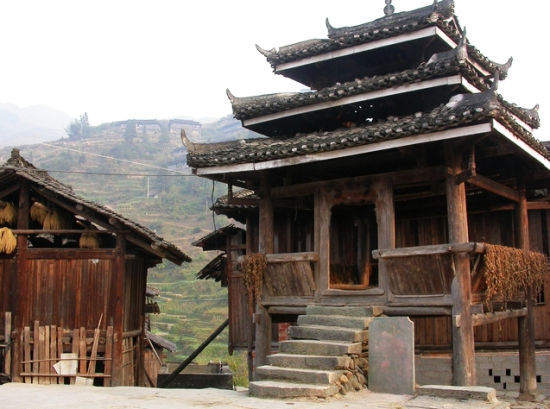
Compared with residences malan in Longsheng, malan houses of other places are smaller in scale. Houses in Longsheng are five-courtyard, while that in Jingxi aremostly three-courtyard. The outer walls of residences in Longsheng are wooden, but that in Jingxi are made from earth and with no attics in walls. And there is no huotang (fireplace) but cooking range in houses of Jingxi. The building materials of houses in Jingxi and Dehong are both simple: straw roofs and outer walls weaved with bamboo skin. In a whole, the residences malan in Longsheng are more magnificent and representative.
Besides, there is another kind of residences malan, the half-building, which is built by absorbing the living ways of Han nationality, some adaptations made too.
The half-building refers to the “malan”with one half of the stilt section on theground. Influenced by the culture of Han nationality, the malan have changed a lot.
As for the structure, the half-building malan adopts the plane structure of Han nationality, with the hall house in the middle and several rooms on both sides. The structure is quite similar to the “hall house in the middle and wing-rooms on both sides”layout of northern quadrangles. The walls are mostly earthen, another exhibition of the influence of the Han nationality. Other structures of this kind of malan are transferring from bamboo and wood to stones and bricks.

In a whole, the plane combination forms of malan are various and flexible. Many parts such as the sunken corridor and the hall house have vivid local color, and thebedroom layout and the plane layout of the living floor show the difference between the honorable and the humble, and have distinct characteristics of Han nationality.

